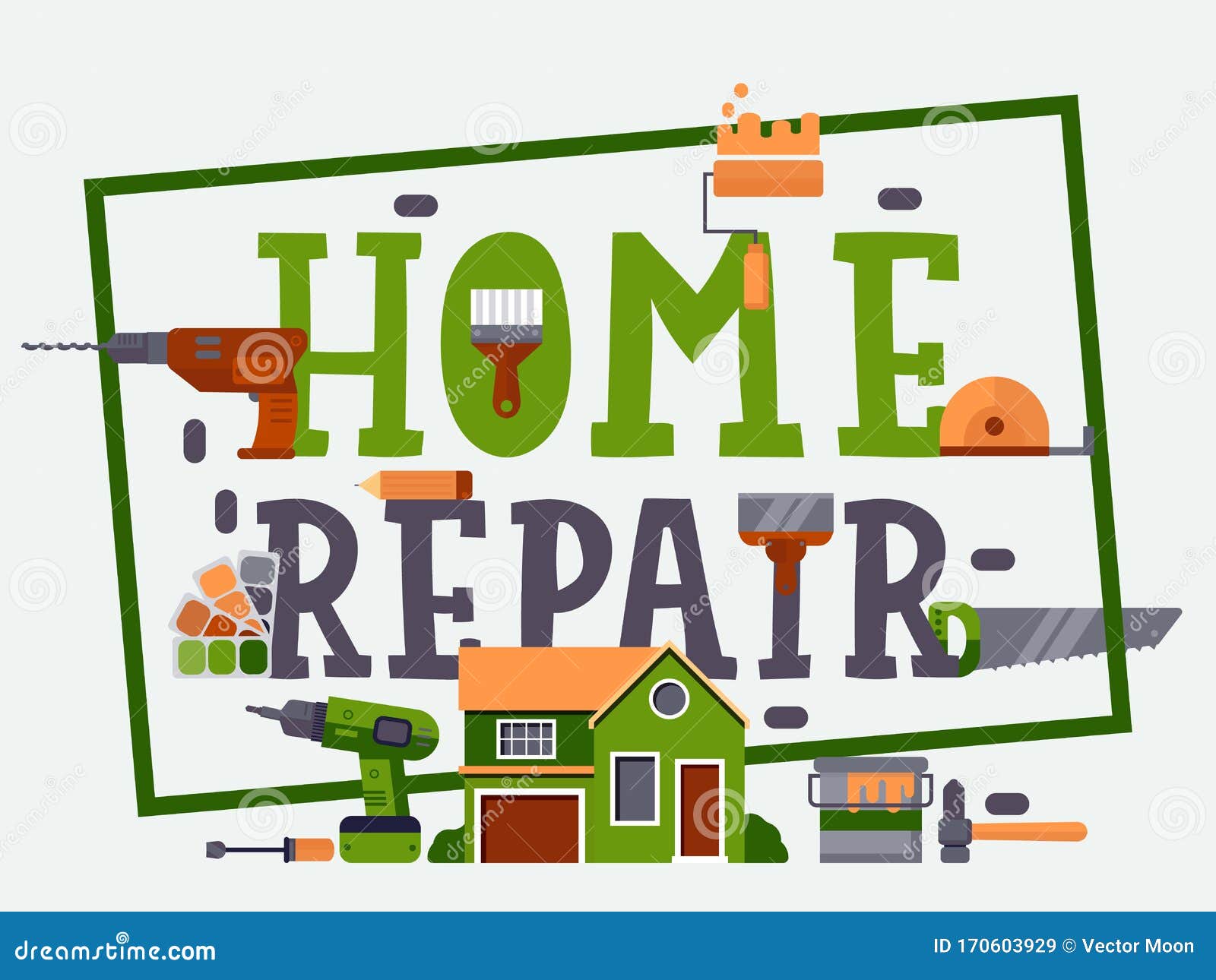Historical American Homes Preserving and Renovating Classic Architecture

Historical American homes are more than just buildings; they are tangible connections to the past, offering glimpses into the architectural styles, cultural norms, and daily lives of those who came before us. Preserving and renovating these classic structures is a delicate balance between maintaining their historical integrity and updating them to meet modern living standards. This article delves into the challenges and rewards of preserving historical homes and provides tips on how to undertake renovations that respect their classic designs.
The Significance of Historical Homes
Historical homes hold immense cultural, architectural, and educational value. They reflect the evolution of architectural styles, from the colonial houses of the early settlers to the ornate Victorian mansions of the 19th century and the mid-century modern homes of the 20th century. Preserving these homes allows us to maintain a physical connection to our heritage and provides future generations with a window into the past.
Challenges of Preserving Historical Homes
Preserving historical homes comes with several challenges, many of which stem from the need to balance preservation with modernization.
-
Structural Issues: Many historical homes were built with materials and techniques that may not meet current safety and building codes. Issues such as foundation instability, outdated electrical systems, and deteriorating roofing can pose significant challenges.
-
Regulatory Hurdles: Historical homes often fall under the jurisdiction of local, state, or national preservation guidelines. Navigating these regulations can be complex and time-consuming, requiring approvals for any alterations.
-
Sourcing Materials: Finding materials that match the original construction can be difficult. Custom milling, replication of original features, and sourcing vintage or reclaimed materials can add to the complexity and cost of renovations.
-
Maintaining Historical Integrity: Modernizing a historical home without compromising its historical character requires careful planning and a deep understanding of its original architecture and design principles.
-
Cost: Preservation and renovation projects can be costly, especially when specialized labor and materials are involved. Funding and financing can be significant hurdles for homeowners.
Rewards of Preserving Historical Homes
Despite the challenges, preserving and renovating historical homes offers numerous rewards:
-
Cultural Preservation: By maintaining historical homes, we preserve the cultural and architectural heritage of our communities, ensuring that future generations can learn from and appreciate these tangible links to the past.
-
Aesthetic and Historical Value: Historical homes often feature unique architectural details and craftsmanship that are hard to find in modern constructions. Restoring these homes enhances their aesthetic and historical value.
-
Sustainability: Preserving and renovating existing structures is an environmentally friendly practice. It reduces the need for new construction materials and minimizes waste, contributing to sustainability.
-
Economic Benefits: Restored historical homes can increase property values and stimulate local economies through heritage tourism. They often become landmarks that attract visitors and boost community pride.
-
Personal Satisfaction: The process of restoring a historical home can be deeply rewarding, offering a sense of accomplishment and connection to the past.
Tips for Modern Renovations that Respect Classic Designs
When renovating historical homes, it’s crucial to respect their classic designs while incorporating modern amenities. Here are some tips to achieve this balance:
-
Research and Document: Begin with thorough research on the home’s history, architectural style, and original features. Document existing conditions with photographs and sketches to guide the renovation process.
-
Consult Professionals: Engage with architects, historians, and contractors who specialize in historical preservation. Their expertise can help navigate the complexities of the renovation while ensuring historical accuracy.
-
Respect Original Features: Preserve original features whenever possible. Elements like hardwood floors, moldings, fireplaces, and staircases contribute to the home's historical character. Repair and restore rather than replace these features.
-
Use Appropriate Materials: When replacements are necessary, use materials that match or closely resemble the original ones. Salvage yards and specialized suppliers can provide vintage or reclaimed materials that blend seamlessly with the existing structure.
-
Modernize Discreetly: Incorporate modern amenities in ways that do not detract from the historical character. For example, install modern HVAC systems in less visible areas, or use period-appropriate fixtures that provide contemporary functionality.
-
Energy Efficiency: Improve energy efficiency without compromising the home's appearance. Options include adding insulation in walls and attics, using storm windows instead of replacing original windows, and installing energy-efficient lighting that replicates historical styles.
-
Sympathetic Additions: If adding new space, ensure that additions are sympathetic to the original design. They should complement the historical style and scale of the home rather than overshadow it.
-
Landscape and Exterior: The exterior and surrounding landscape are crucial to the home's historical context. Maintain period-appropriate landscaping and consider historical guidelines when making changes to the exterior.
-
Maintain Historical Integrity: Adhere to the Secretary of the Interior’s Standards for the Treatment of Historic Properties, which provide guidelines for preserving, rehabilitating, restoring, and reconstructing historical buildings.
-
Community and Advocacy: Engage with local historical societies and preservation organizations. These groups can offer resources, support, and sometimes funding for preservation projects.
Case Studies of Successful Historical Home Renovations
To illustrate the principles and rewards of preserving and renovating historical homes, here are a few case studies:
-
The Gamble House (Pasadena, California): Designed by architects Charles and Henry Greene in 1908, this Craftsman-style home was meticulously restored to its original splendor. The renovation preserved its rich woodwork, custom furniture, and intricate details, while discreetly incorporating modern electrical and climate control systems.
-
The Vassall-Craigie-Longfellow House (Cambridge, Massachusetts): Built in 1759 and once the home of poet Henry Wadsworth Longfellow, this Georgian mansion underwent extensive restoration. Efforts focused on maintaining its historical integrity, including the preservation of original paint colors, wallpapers, and furnishings, while updating essential systems.
-
The Villa Finale (San Antonio, Texas): A restored 19th-century Italianate mansion, Villa Finale is now a museum and National Trust Historic Site. The renovation balanced the preservation of ornate plasterwork, woodwork, and period furnishings with modern necessities like climate control and accessibility features.
-
The Lyndhurst Mansion (Tarrytown, New York): This Gothic Revival mansion, designed by Alexander Jackson Davis, underwent significant restoration to preserve its unique architecture and landscape. Modern interventions included improved lighting, HVAC systems, and fire protection, all integrated with minimal visual impact.
-
The Drayton Hall (Charleston, South Carolina): One of America’s oldest preserved plantation houses, Drayton Hall has been meticulously maintained with a focus on conservation over restoration. This approach ensures that the building’s original fabric remains intact, providing an authentic historical experience.
Funding and Financial Assistance
Funding preservation projects can be daunting, but various resources are available:
-
Grants: Federal, state, and local governments, as well as private organizations, offer grants for historical preservation. Notable programs include the National Trust for Historic Preservation’s grants and the State Historic Preservation Office (SHPO) grants.
-
Tax Incentives: The Federal Historic Preservation Tax Incentives program provides tax credits for the rehabilitation of historic properties. Many states offer similar incentives.
-
Loans: Specialized loans for historical properties may be available through preservation societies, financial institutions, and government programs.
-
Fundraising: Community fundraising, crowdfunding campaigns, and partnerships with local businesses can generate additional funds for preservation projects.
-
Volunteers and Donations: Engaging the community through volunteer programs and donations of materials or services can significantly reduce costs.
Conclusion
Preserving and renovating historical American homes is a rewarding endeavor that requires careful planning, dedication, and respect for the past. The challenges, while significant, are outweighed by the cultural, aesthetic, and personal rewards of maintaining these architectural treasures. By following best practices and leveraging available resources, homeowners can successfully navigate the complexities of preservation and create homes that honor their historical significance while providing modern comfort and functionality. The continued preservation of historical homes not only enriches our architectural heritage but also ensures that the stories and craftsmanship of the past remain a vibrant part of our present and future.

What are the ways to protect pets during Painting?
- The key to keep the walls clean is prompt stains tidy up. On the off chance that your pet jumbles scrape

High Perks And Benefits For the owners of the Plots Lahore Motorway
- Have you been searching for property with promising returns? Well, the newer project of Motorway City Lahore

Home Maintenance service provider Dubai
- Remove a tile floor from leading maintenance company in dubai so what are you waiting for hire alus services as best maintenance service provider in Dubai

Best Paint Color for Kitchen Cabinets
- Step down from semi-gloss in terms of sheen; finished satin works well with warm colors to add to the sense of depth and give a welcome feel